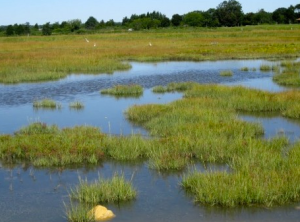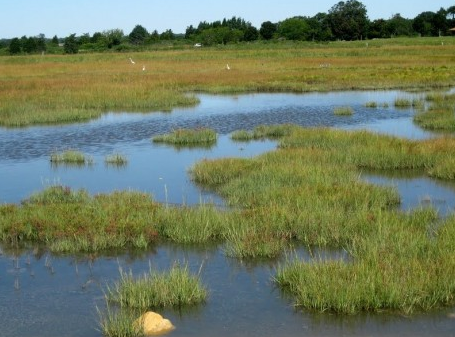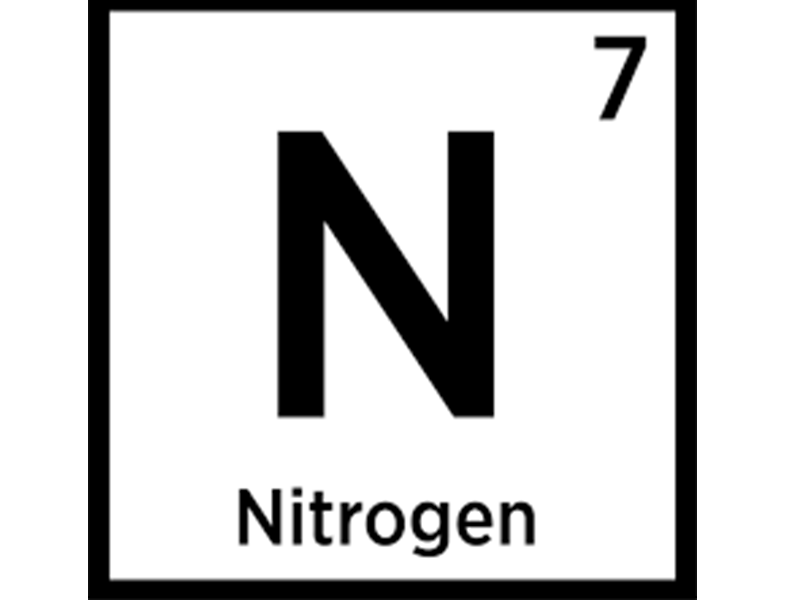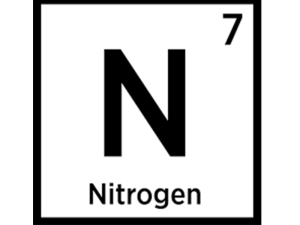
By Andy Landolfi
While efforts continue to remove excess nitrogen and other nutrients from the Long Island Sound, the repercussions of nutrient saturation continue to plague estuary salt marshes.
“What happens when a marsh is exposed to chronic nutrient pollution is that it becomes much easier for the plant to take up nutrients,” said Harry Yamalis, habitat restoration coordinator at the Connecticut DEEP.
The availability of excessive nutrients allows a plant to forego spending energy on building a strong, deeply entrenched root system; a plant grows rapidly by taking in extra nutrients but grows too quickly to balance growth in the root system with overall growth.
“The result is higher above-ground growth and lower below-ground growth,” Yamalis said. “This makes the plant very susceptible to getting essentially pulled out during a storm.”
After Hurricane Sandy, coastal resiliency, in regard to salt marshes, became a concern, Long Island Sound Study Science Coordinator James Ammerman said.
In addition to the increased likelihood that plants in nutrient-rich waters will be pulled out during a storm, the rapid growth in above-ground parts of a plant can cause instability. If a plant grows too rapidly, and a storm does not pull the plant out, the plant will topple over on itself due to the disproportionality between the root system and the overall size of the plant.
The decline in strongly rooted plants in salt marshes has a secondary effect: When vegetation is swept away from either storms or structural collapse, less material is available to supply salt marshes with sediment.
Additionally, standing vegetation also acts as a means of catching sediment carried in water.
“Typically, marsh soils contain from 60 to 90 percent organic material,” Yamalis said. “When an area of tidal marsh is denuded of vegetation as a result of nutrient pollution and storm energy, then it has lost its only source of organic material.”
The overall consequences, Yamalis said, can be long-term or maybe even permanent.
While salt marshes face problems from excess nutrients, they are also threatened by elevated sea levels. They’ve been rising along the Long Island Sound by about 2.35 millimeters each year or about an inch every 10 years.
As sea levels continue to rise, some saltwater marshes could become mudflats.
As saltwater marshes along the Long Island Sound continue to confront and change due to environmental stressors, scientists brace for the effects the loss of this ecosystem will have on human populations.
In an interview with Yale360, Linda Deegan, a marine biologist, describes saltwater marshes as a protective barrier between human populations and coastal cities.
“If you’re losing your salt marsh, you’re losing that protective buffer,” Deegan said.
Andy Landolfi is a senior journalism major at Quinnipiac University. He is writing about the Long Island Sound this spring. He can be reached at andrew.landolfi@quinnipiac.edu.



 Yet beneath the hypnotic waves, a silent battle is waged — a nutrient war persists.
Yet beneath the hypnotic waves, a silent battle is waged — a nutrient war persists.